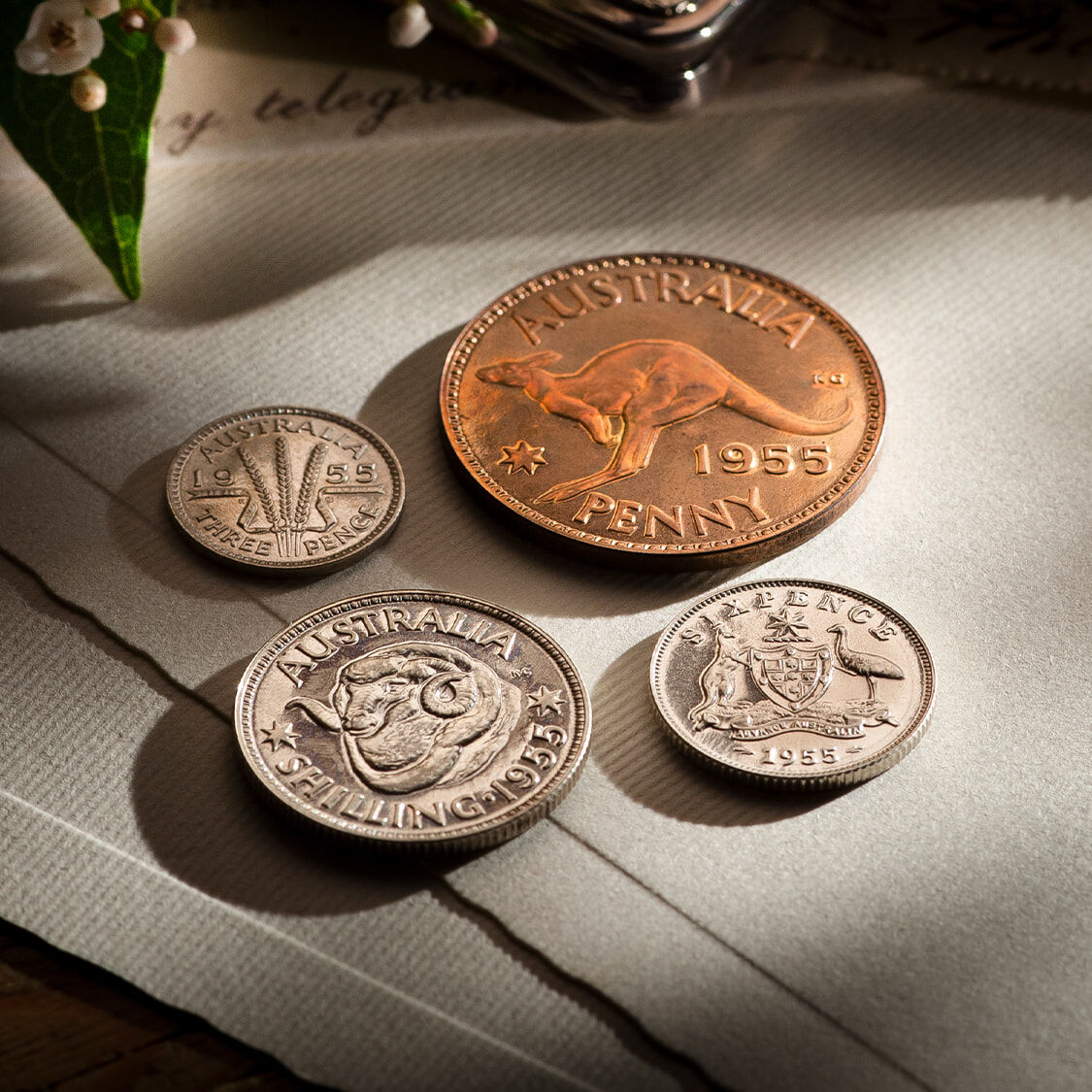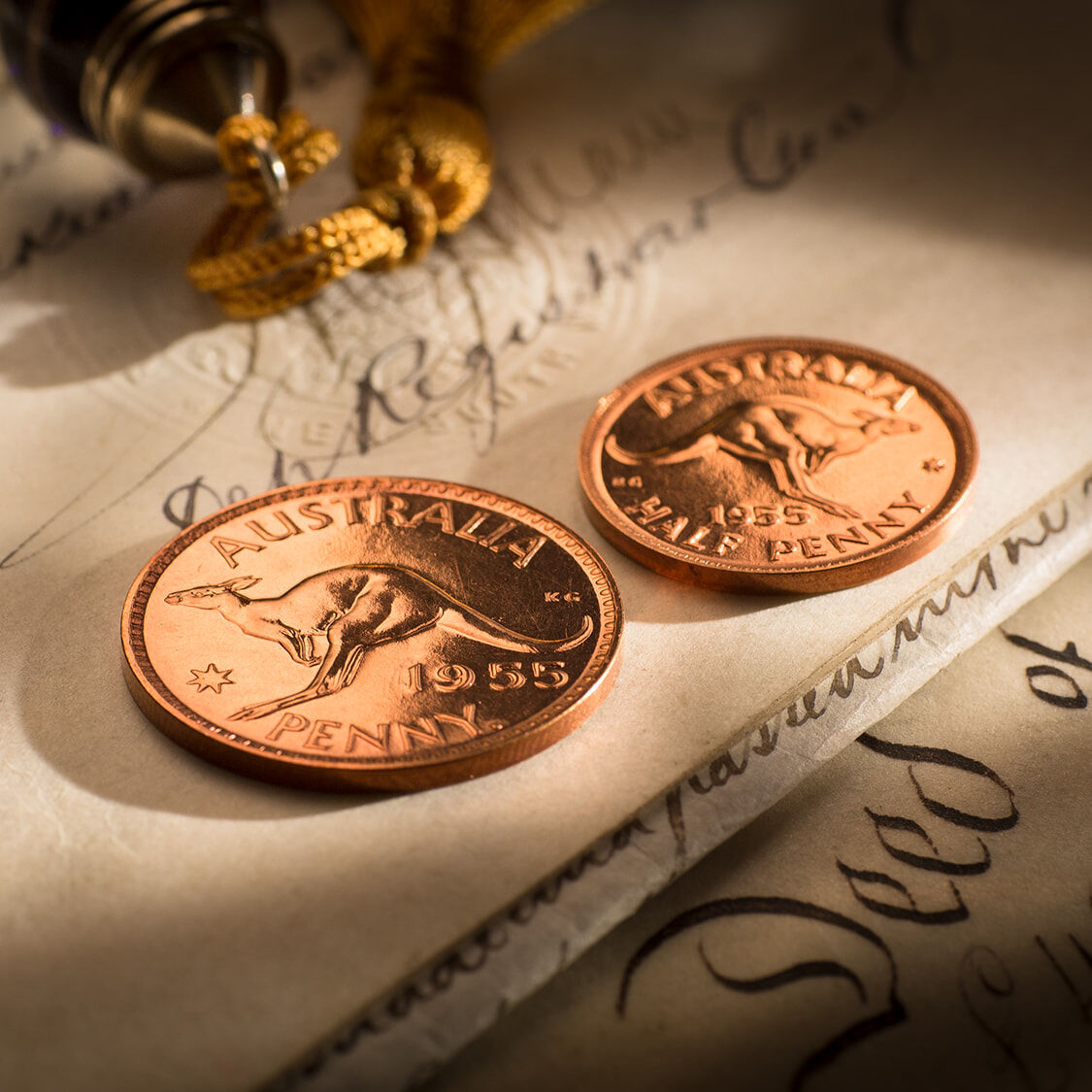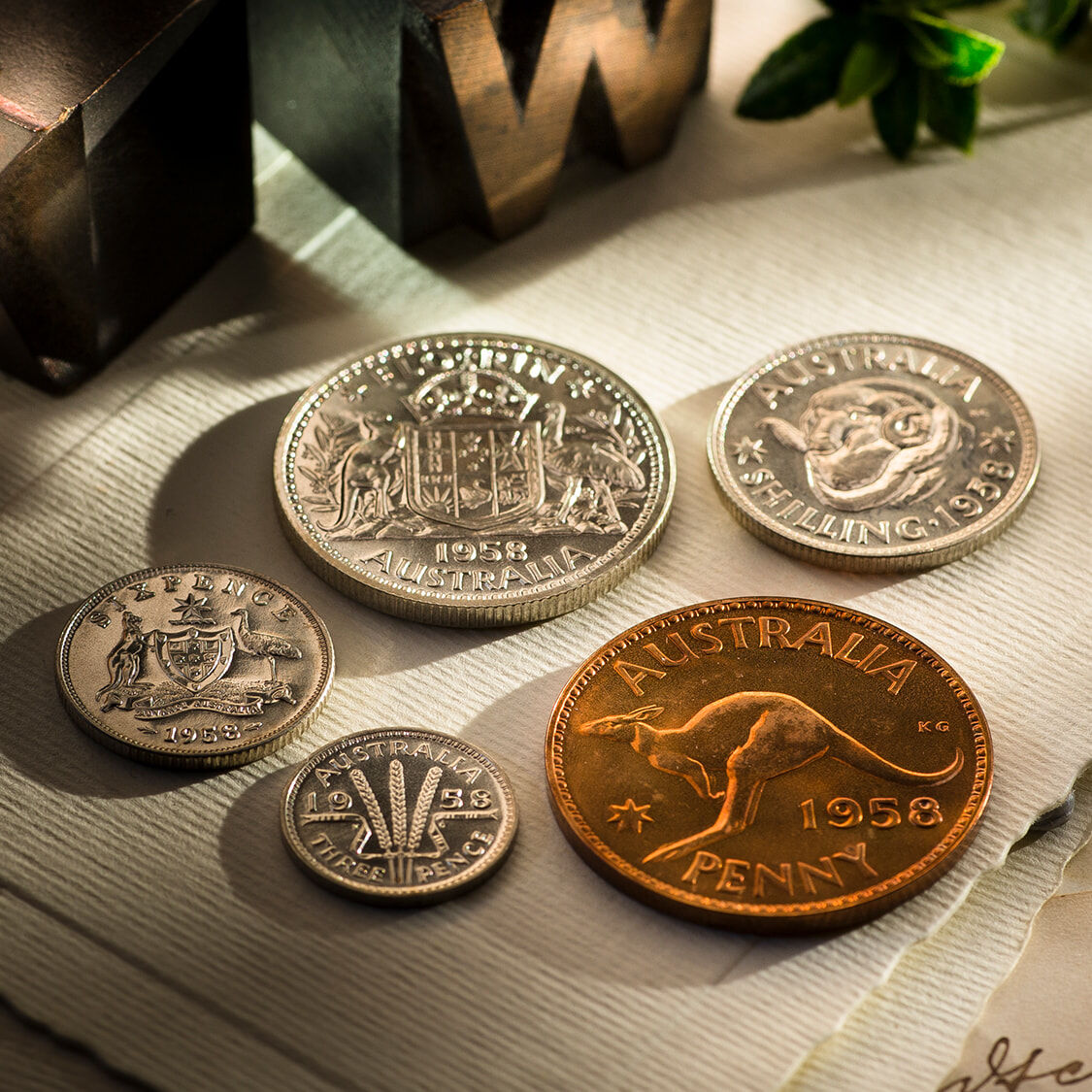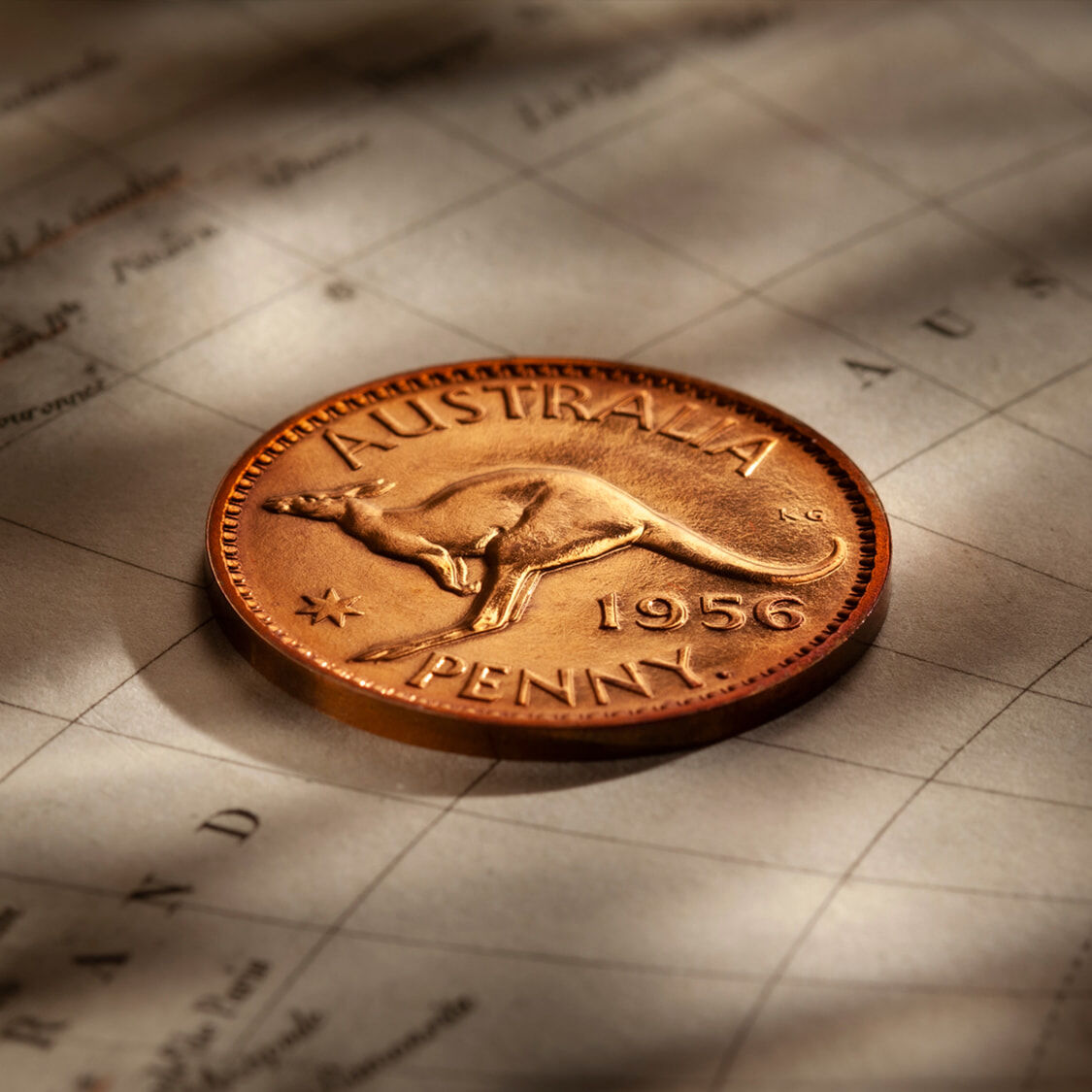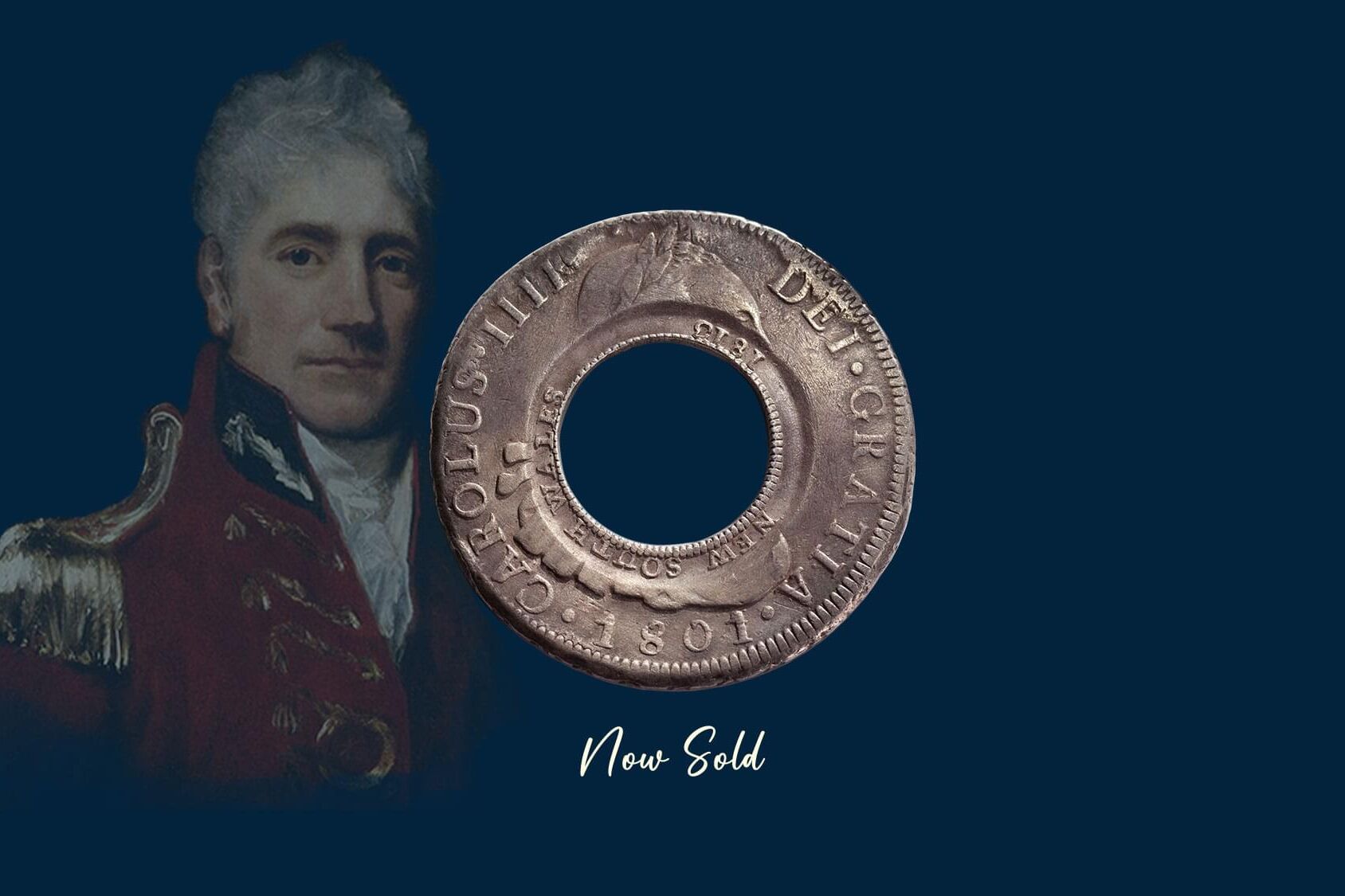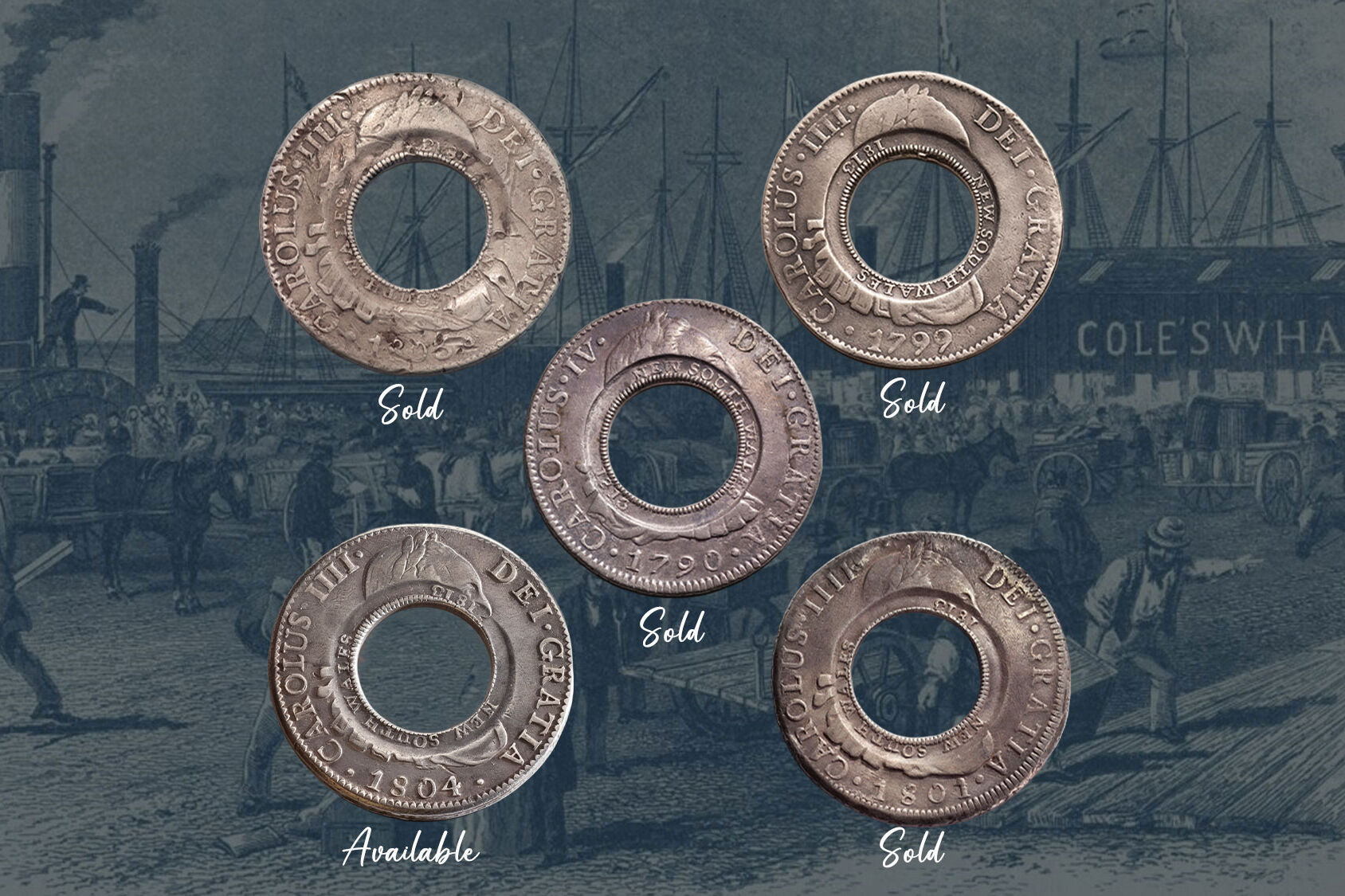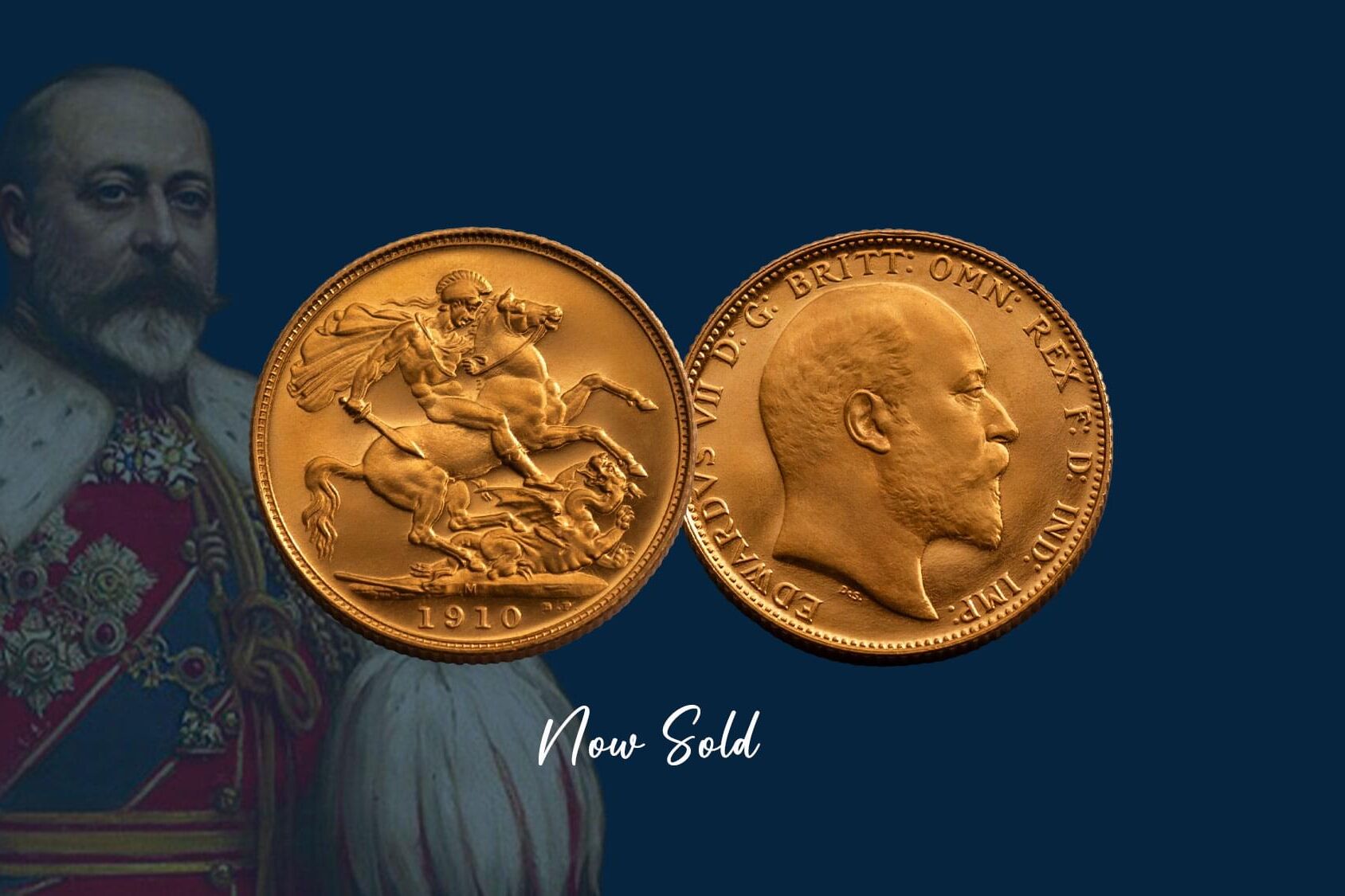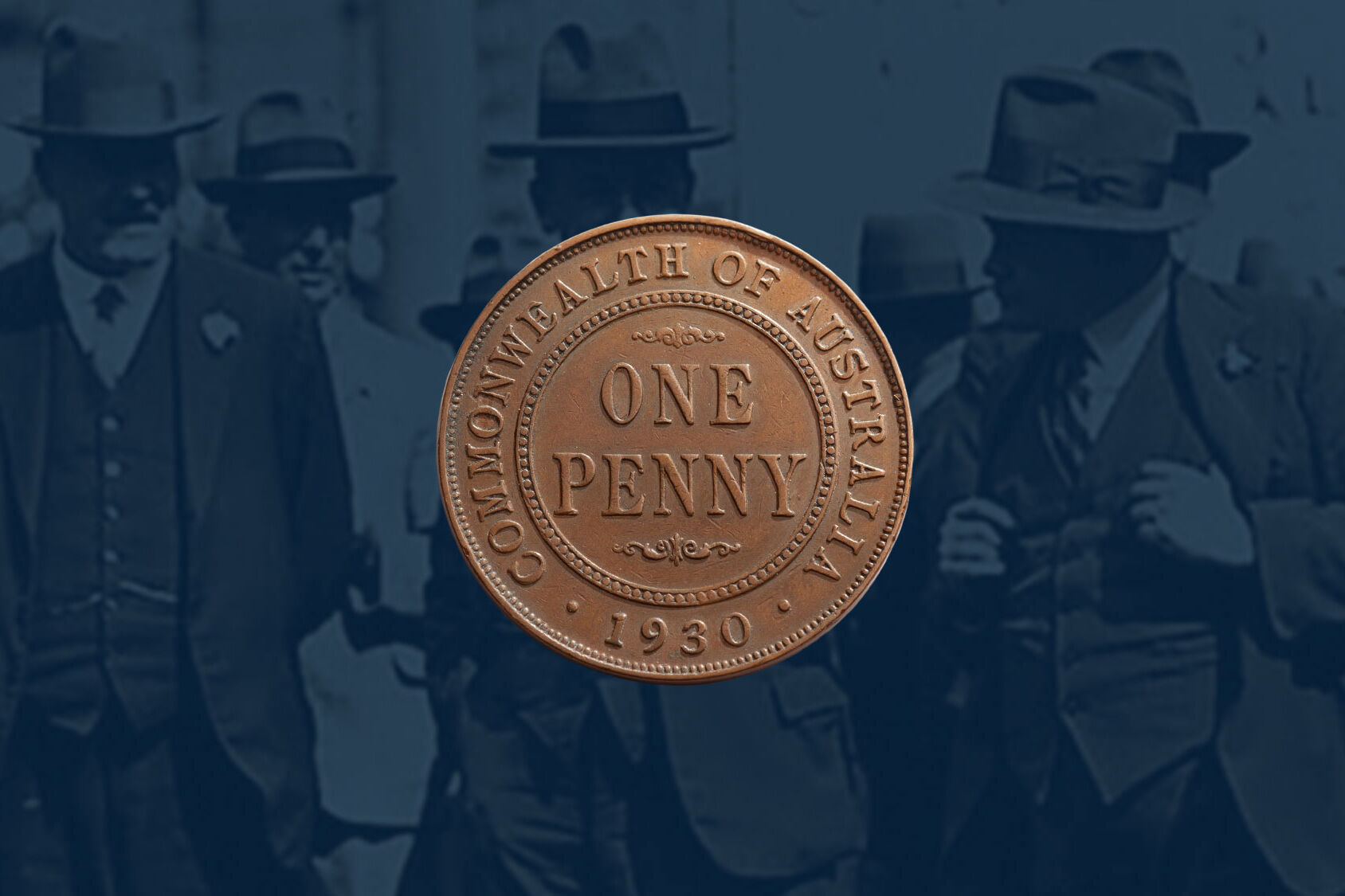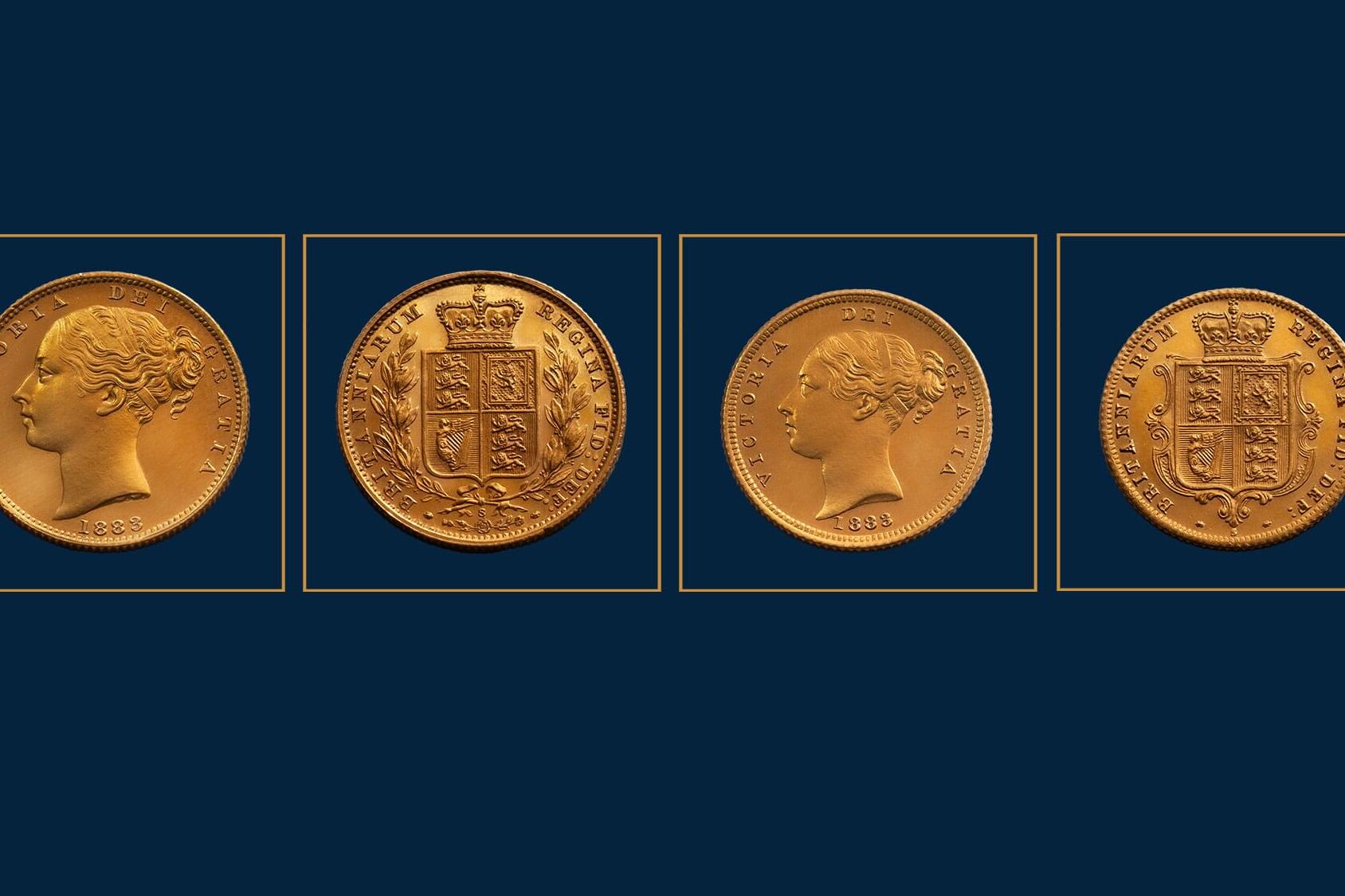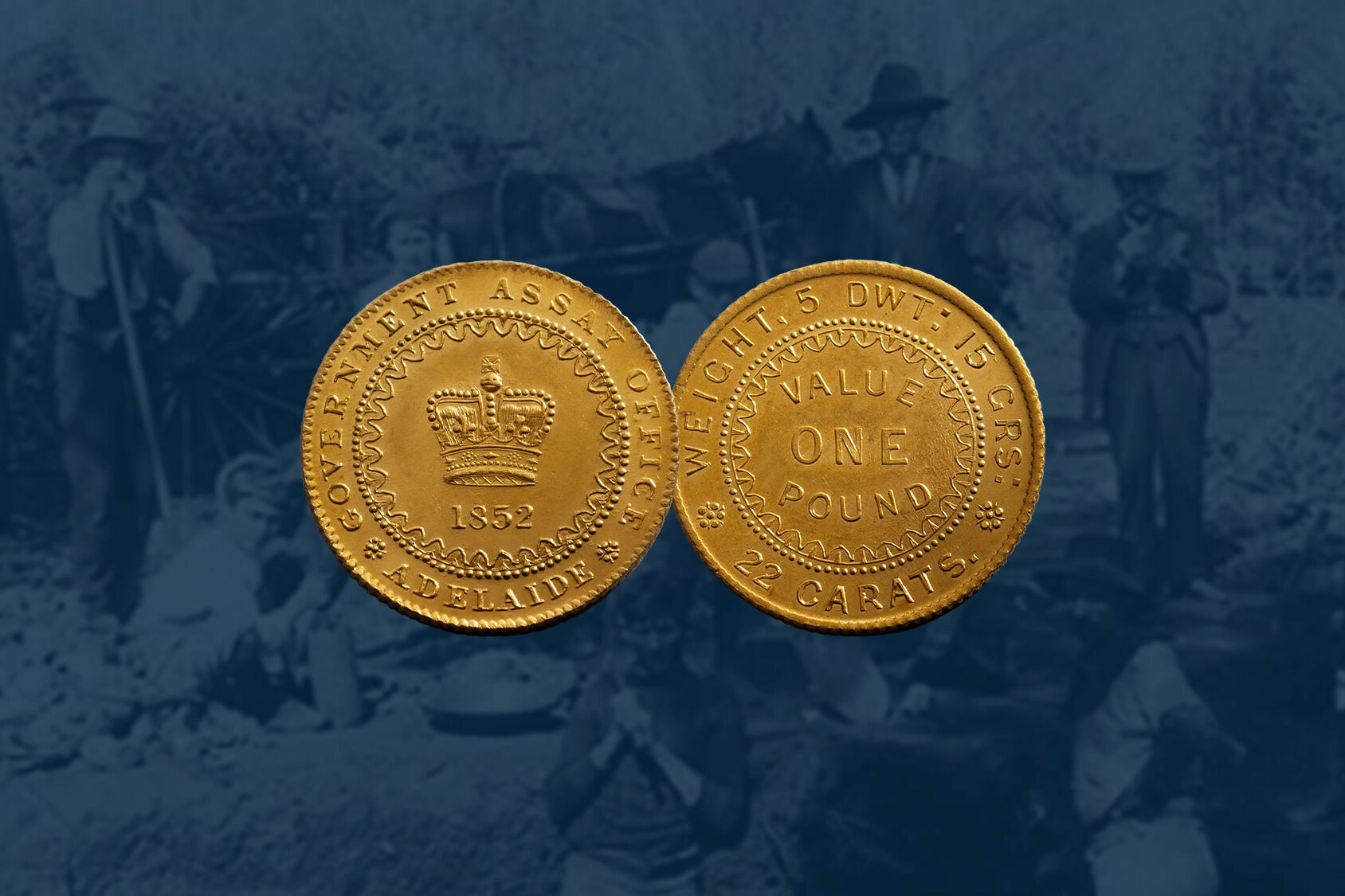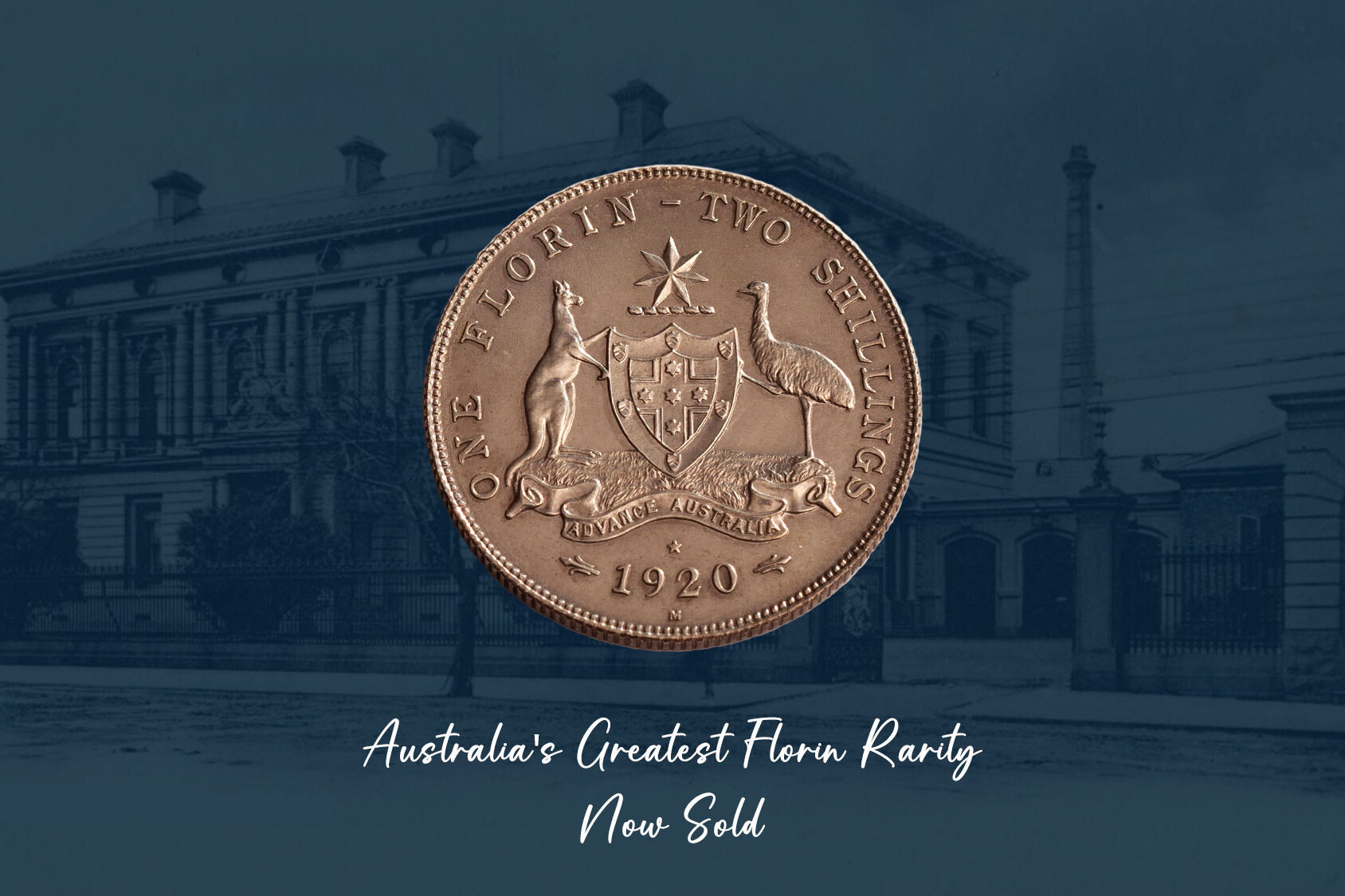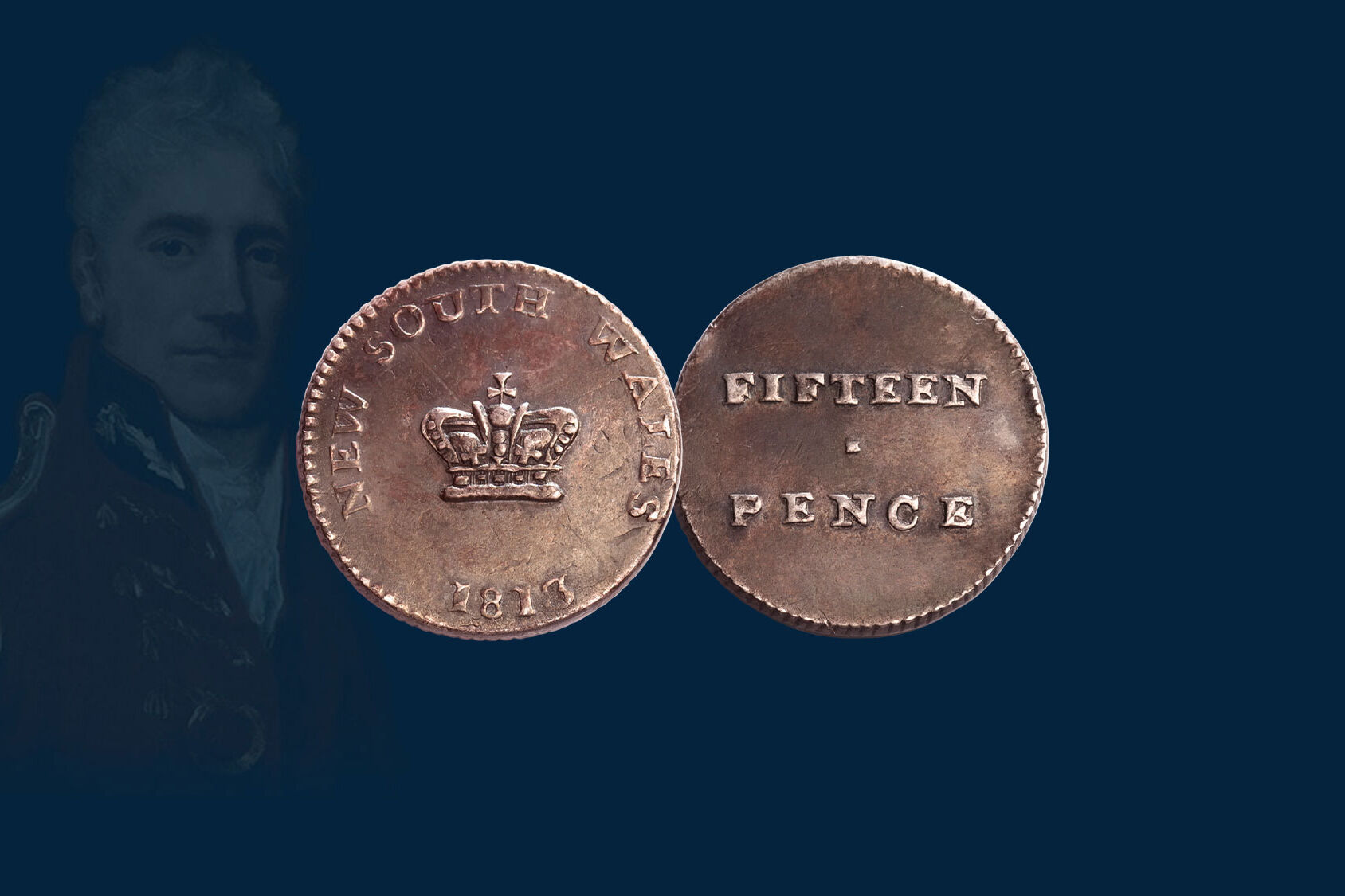Proof Coins struck at the Melbourne Mint & Perth Mint between 1955 and 1963. Australia's very first commercial proof coining programme.

The era commencing 1955 is an important one - and a very popular one - for Australian coin collectors.
In 1955, the Australian Government gave approval for the Melbourne Mint and Perth Mint to start producing proof coins in commercial quantities and sell to collectors in what was to be an annual occurrence. (Similar to what the Royal Australian Mint does today with its annual proof coining program for collectors.)
The mintage of the Melbourne Mint’s first proof issue in 1955 was 1200. That of 1956, the Melbourne Mint’s second year of issuing proofs, was 1500. In the ensuing years, the mintage of the Melbourne Mint's proof issues averaged around the 1500 mark.
The mintage of the Perth Mint’s first proof issue in 1955 was 301. That of 1956, the Perth Mint's second year of issuing proofs, was 417. In the ensuing years, the mintage of the Perth Mint's proof issues averaged around the 1000 mark.
We compare the mintage of the Melbourne Mint and Perth Mint in this era to the current output of the Royal Australian Mint and Perth Mint where 10,000 is the norm!
The Melbourne Mint and Perth Mint's program of selling proofs to collectors came to an end in 1963 just before Australia's decimal changeover and the opening of the Royal Australian Mint in Canberra.
The proofs struck between 1955 and 1963 are a perfect entry point for collectors into the Australian rare coin market. The coins are scarce. And they are affordable, with all but three of the years priced in the range $1000 to $5000. They come at the top of our list of recommendations for clients looking to tuck something special away for their children or grandchildren.
The very first proof coins struck at the Melbourne Mint in 1955 and sold to collectors. As the Melbourne Mint only struck the penny, shilling, sixpence and threepence for Treasury, they were the only coins that could be struck as proofs.
The proof coins produced at the Melbourne Mint and Perth Mint in 1955 were specially struck and sold to collectors under provision of the Commonwealth Treasury, the sale price a premium of two shillings above face value. The face value was paid to Treasury and the premium went to the mint.
The Government placed only one restriction on the mints. Only those coins they were striking for circulation could be struck to proof quality and sold to collectors.
As the Melbourne Mint was a prime producer of Australia’s silver circulating coins, only four out of the nine years included copper proofs, those years being 1955, 1956, 1958 and 1959. The remaining years were silver proofs only. (See table below)
As the Perth Mint was striking copper circulating coins for Treasury, it could strike only copper proof coins for collectors, the penny and halfpenny. (See table below)
Both the Melbourne and Perth Mint’s coins were minted to exacting standards - from the selection and polishing of blanks, the preparation of dies and ultimately the actual striking.
The Perth Mint went the extra yards with their production and ground the rims by hand to ensure they were high and squared-off, said to be emulating the superb quality that came out of the Royal Mint London in the production of Australia’s 1951 PL penny and halfpenny.
Quality is paramount in this series, for while all the coins in the series were struck to proof quality, their state of preservation today (how they have been handled) is critical to preserving their value and underpinning future capital growth.
Modern packaging is a product of our decimal era. There was no fancy packaging in the 1950s and 1960s with coins sent by mail, housed in small cellophane envelopes.
As each proof issue is a stand-alone rarity, there is no pressure on buyers to complete the series. Nine year sets, each coin struck to luxurious proof quality. Nine from the Perth Mint and nine from the Melbourne Mint making a total of 18 sets. And 54 proof coins in total.
You can accumulate the Melbourne Proofs. Or the Perth Proofs. Know someone who is turning 65 this year? What better gift than a pristine example of the 1956 Melbourne Mint Proof Set. Or the luxurious 1956 Proof Penny. The options are endless.
Be assured the series does present challenges if the coins are to be procured in top quality. But a complete collection is achievable and can be obtained over time by buying progressively, year by year, set by set.
The series of Melbourne Mint and Perth Mint Proof Coins struck between 1955 and 1963 is an important series in our numismatic history: a catalyst for the introduction of the proof coining program introduced by the Royal Australian Mint, Canberra in 1966.
It also is an affordable one, making it one of the most popular collecting series in the Australian coin market.
The fourth year of proof coining at the Melbourne Mint. A five-coin set comprised of the 1958 proof florin, shilling, sixpence and threepence. And the proof penny. Only 1506 proof sets were sold to collectors.
The second year of proof coining at the Perth Mint. As there was an abundance of halfpennies in general circulation, the Perth Mint only struck pennies for Treasury in 1956. As a consequence, the Perth Mint could only strike proofs of the 1956 penny to sell to collectors. Only 417 coins were sold.
| Year | Melbourne Mint | Mintage |
| 1955 | 1d, 3d, 6d & 1/- (4 coins) | 1200 |
| 1956 | 1d, 3d, 6d, 1/- & 2/- (5 coins) | 1500 |
| 1957 | 3d, 6d, 1/- & 2/- (4 coins) | 1256 |
| 1958 | 1d, 3d, 6d, 1/- & 2/- (5 coins) | 1506 |
| 1959 | 1d, 1/2d, 3d, 6d, 1/- & 2/- (6 coins) | 1506 |
| 1960 | 3d, 6d, 1/- & 2/- (4 coins) | 1509 |
| 1961 | 3d, 6d, 1/- & 2/- (4 coins) | 1506 |
| 1962 | 3d, 6d, 1/- & 2/- (4 coins) | 2106 |
| 1963 | 3d, 6d, 1/- & 2/- (4 coins) | 5042 |
| Year | Perth Mint | Mintage |
| 1955 | 1d & 1/2d (2 coins) | 301 |
| 1956 | 1d (1 coin) | 417 |
| 1957 | 1d (1 coin) | 1112 |
| 1958 | 1d (1 coin) | 1028 |
| 1959 | 1d (1 coin) | 1030 |
| 1960 | 1d & 1/2d (2 coins) | 1030 |
| 1961 | 1d & 1/2d (2 coins) | 1040 |
| 1962 | 1d & 1/2d (2 coins) | 1064 |
| 1963 | 1d & 1/2d (2 coins) | 1100 |
Key to symbols: 1d = Penny, 1/2d = Halfpenny, 3d = Threepence, 6d = Sixpence, 1/- = Shilling, 2/- = Florin
| Year | Melbourne Mint | Mintage |
| 1955 | 1d, 3d, 6d & 1/- (4 coins) | 1200 |
| 1956 | 1d, 3d, 6d, 1/- & 2/- (5 coins) | 1500 |
| 1957 | 3d, 6d, 1/- & 2/- (4 coins) | 1256 |
| 1958 | 1d, 3d, 6d, 1/- & 2/- (5 coins) | 1506 |
| 1959 | 1d, 1/2d, 3d, 6d, 1/- & 2/- (6 coins) | 1506 |
| 1960 | 3d, 6d, 1/- & 2/- (4 coins) | 1509 |
| 1961 | 3d, 6d, 1/- & 2/- (4 coins) | 1506 |
| 1962 | 3d, 6d, 1/- & 2/- (4 coins) | 2106 |
| 1963 | 3d, 6d, 1/- & 2/- (4 coins) | 5042 |
| Year | Perth Mint | Mintage |
| 1955 | 1d & 1/2d (2 coins) | 301 |
| 1956 | 1d (1 coin) | 417 |
| 1957 | 1d (1 coin) | 1112 |
| 1958 | 1d (1 coin) | 1028 |
| 1959 | 1d (1 coin) | 1030 |
| 1960 | 1d & 1/2d (2 coins) | 1030 |
| 1961 | 1d & 1/2d (2 coins) | 1040 |
| 1962 | 1d & 1/2d (2 coins) | 1064 |
| 1963 | 1d & 1/2d (2 coins) | 1100 |
Key to symbols: 1d = Penny, 1/2d = Halfpenny, 3d = Threepence, 6d = Sixpence, 1/- = Shilling, 2/- = Florin
Shop Coinworks
© Copyright: Coinworks
